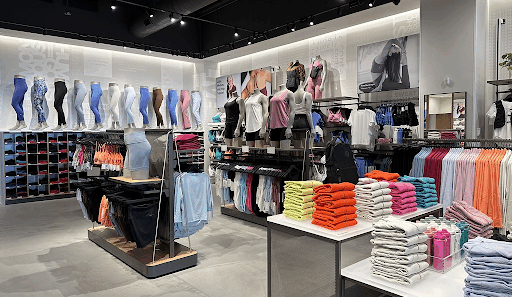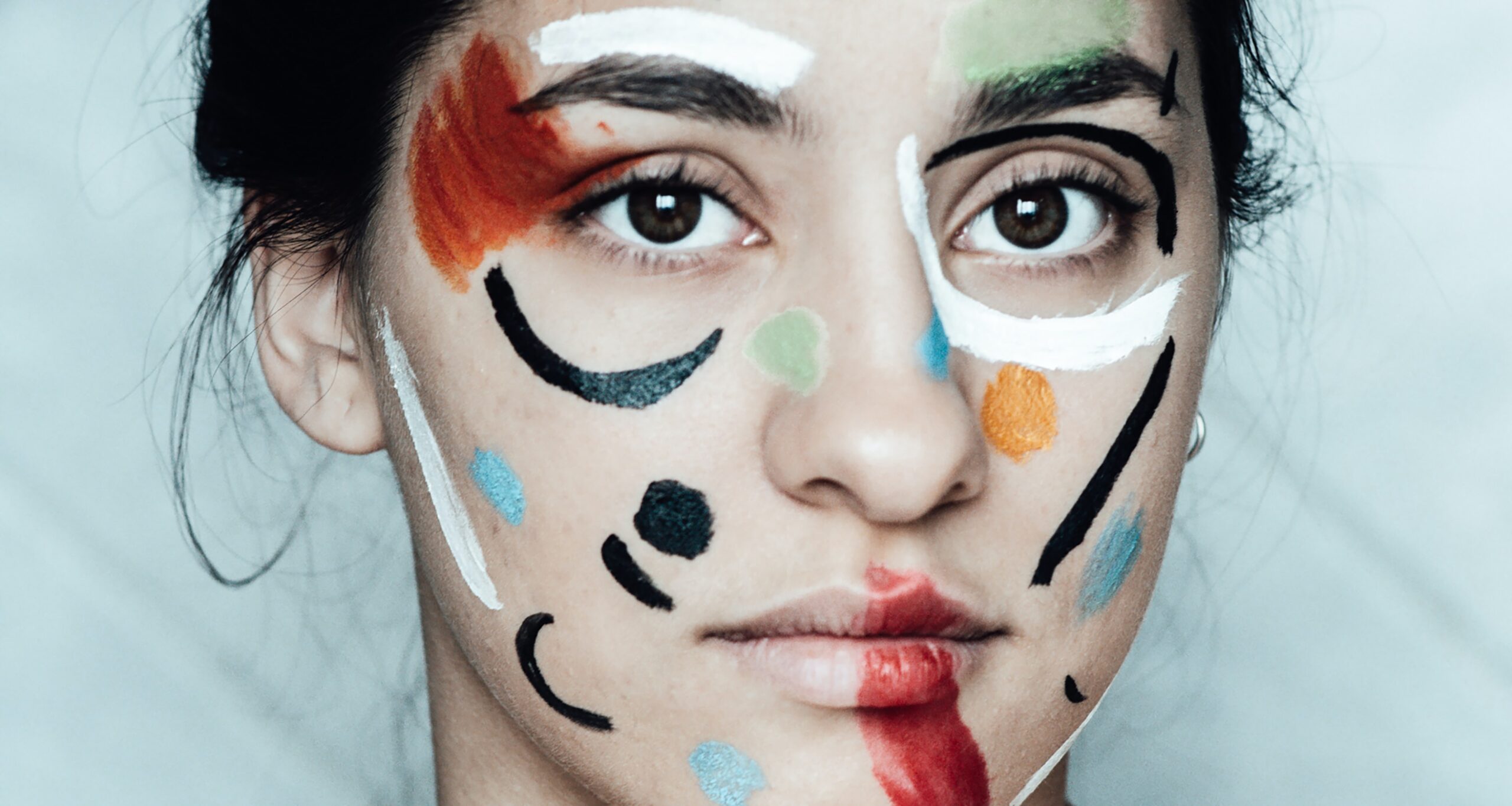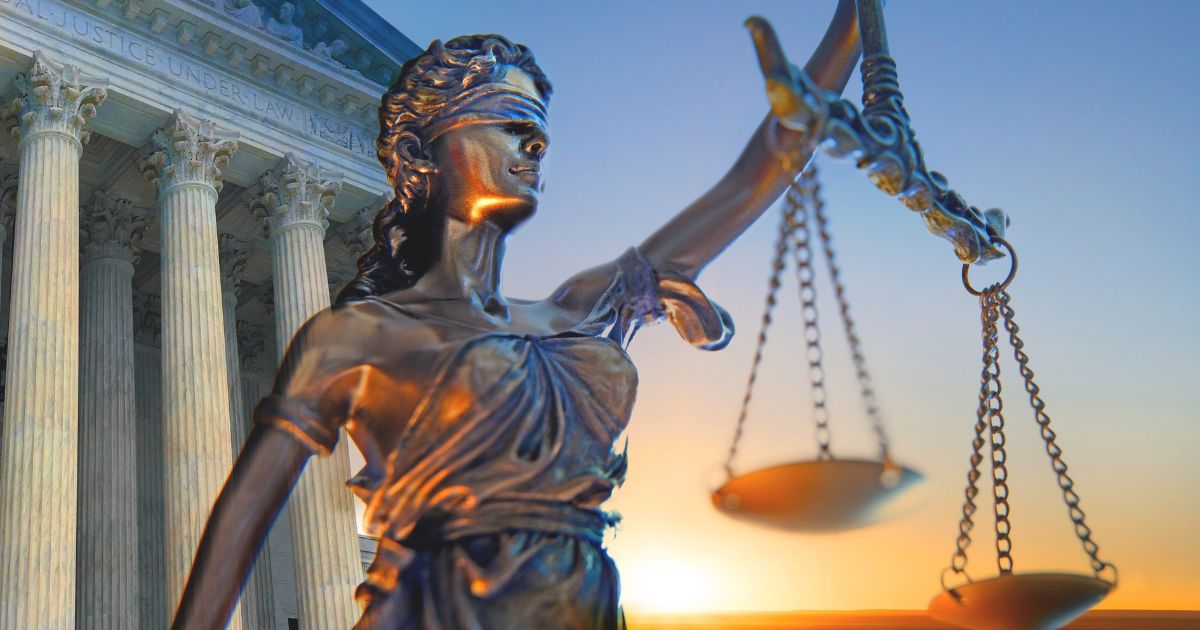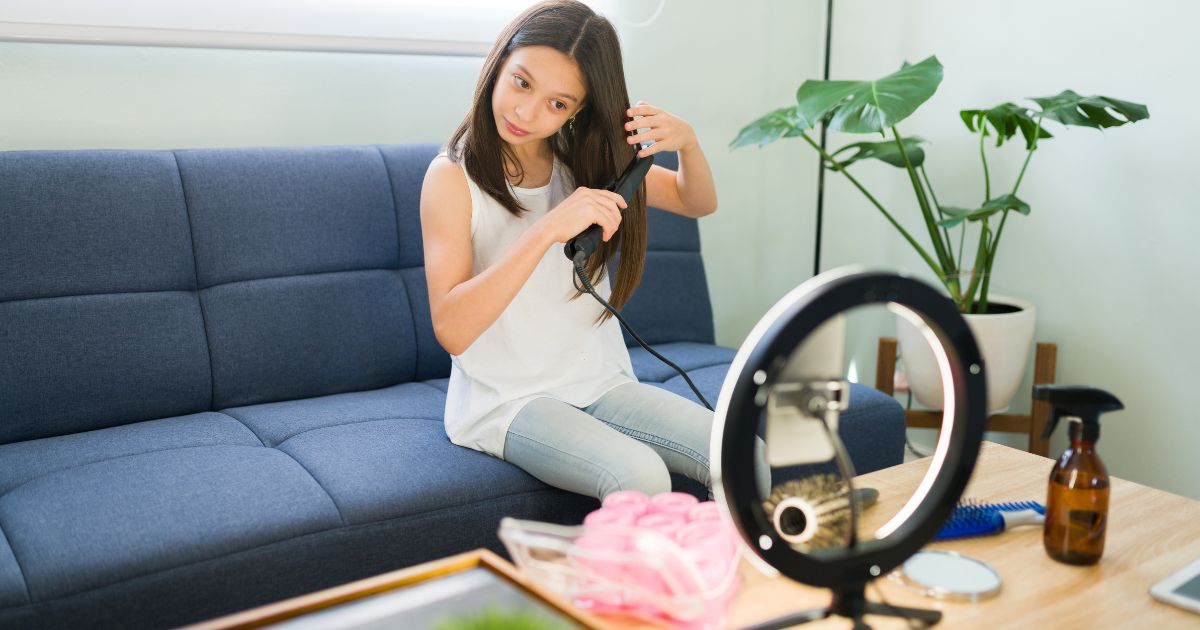“Imitation Is The Highest Form Of Flattery” – COCO CHANEL
Does this imply that the fashion business is less concerned with intellectual property rights than other industries? Your brand is one of your most significant assets if you offer clothing, accessories, or patterns. A brand is defined under intellectual property (IP) regulations as everything that a customer recognises about your company. This includes your company’s name, logo, and product design. When starting a clothing line, think about how you can effectively secure your designs. The different official and unofficial security options available to businesses in the fashion sector are discussed in this article.
THE OFFICIAL SECURITY OPTIONS:
You have three alternatives for officially protecting your Intellectual Property (IP): registering a trademark, registering your designs, and applying for a patent. Trademarks can be used to protect product names, logos, and jingles. You’ll be able to do the following after registering: file a lawsuit against infringers; as a deterrent and caution, place the ® sign next to your brand; and make money by selling and licencing your brand. Words, colours, sounds, and a combination of the above can all be used in your trademark. Before submitting an application to register your trademark, be sure it hasn’t already been registered in the database.
Another option as mentioned above is to protect your brand with a registered mark which will give you the following protection: protection of appearance and physical shape. Thus, the shape and decoration of the product are both protected by this service. Another, way to protect your brand is by the way of a patent. A patent is a type of intellectual property registration that recognises your invention’s originality. Patents are normally granted for a period of twenty years. Due to the nature of the verification method used to establish that your concept, work, or innovation is absolutely unique, they are expensive to obtain and take a long time to process. Even though they are extensively employed in the fashion business, they are underutilised.
THE UNOFFICIAL SECURITY OPTIONS:
If you are afraid that your ideas, creativity and innovations used to create a design will be stolen or copied before it hit the market or even before it is officially protected i.e., before intellectual property registration then the following unofficial security options should be followed:
- Send your designs to yourself through email or upload them to your personal cloud storage (Gdrive/icloud/onedrive)
Even if you have hundreds of rough drawings and aren’t sure which one will be finalised, save them all to your personal cloud space. Simply give each design a name (and possibly a serial code) and upload. In the event of infringement, you can use this digital evidence to later establish that you own it.
This technique of mailing yourself a copy of your own work is often known as “poor man’s copyright”. The copyright law makes no provision for this form of protection, and therefore is not a replacement for registration. It can only help you to secure your designs before officially protecting them.
- Postal Self-mail your designs
Send your designs to a self-addressed envelope (at home or at work). Save the courier slip with the date/time information. Make a video of you opening the packet containing those designs/pictures/graphics. Both the courier receipt and the video will protect you in the event of future IP infringement.
This tactic is used in countries like the United Kingdom and France, where it is known as the Soleau envelope. However, one of the most serious issues with this technique is that mail is easy to tamper with, making it untrustworthy as proof. You can mail an envelope with nothing in it so that it has a specific date on it, then fill it with something later. You can use steam to open an envelope and replace the contents with something else. It’s just tough to tell if a piece of mail is in good condition. Therefore, these unofficial options only protect your design to a certain extent, thereby making official security options the most important security option.
- Install surveillance cameras in your office or conference room
It’s possible that you’re inviting manufacturers to make the final product based on your design. Yes, not every meeting will result in a deal being closed. They can, however, take an image of your design for obvious reasons, such as checking with workers for final confirmation. The CCTV footage will record such gatherings and their behaviours (photography, scribbling, and so on).
- Using the current date newspaper, take a picture of your designs
Select the design with the current date newspaper from the drop-down menu. Ensure that the date is apparent in the photo. This will serve as a record for future reference.
- Have an IP clause in your job contract
If you have a team/staff to create your brand, make sure the employment agreement includes an IPR clause that gives you exclusive rights to the designs and restricts the employee’s ability to use/share them.
It’s critical to understand who possesses which rights to a design and how it might be used. If you’re not certain whether a design concept is fair use or could be considered infringement, it’s best to play it safe and avoid employing it. You can have a hard drive or notebook full of explicit, even savage, satire ridiculing popular businesses and personalities, but when it comes to publishing and marketing designs, you need to know the ins and outs of what you can and can’t do legally. As a small business owner, you should have a working relationship with a lawyer who can help you with situations like this. This type of advice is one of the most beneficial investments you can make in your company.
CONCLUSION
Design inspiration can originate from everywhere, and different people can come up with comparable clothing notions at the same time. That is one of the reasons why legal protections in the fashion business are so difficult to come by. However, the finest policies are always honesty and integrity, and fashion design copycats not only injure the designer from whom they are imitating, but they also deprive themselves of their own uniqueness.
Independent designers breathe new life into the fashion industry and the economy as a whole. It’s not just the correct thing to do to respect the intellectual property of the fashion design world. Therefore, these official and unofficial security options to protect the designs play an important medium to protect designers from copycats. Intellectual Property propels the entire industry forward with innovative ideas that captivate, enthral, and inspire even more outstanding work.



